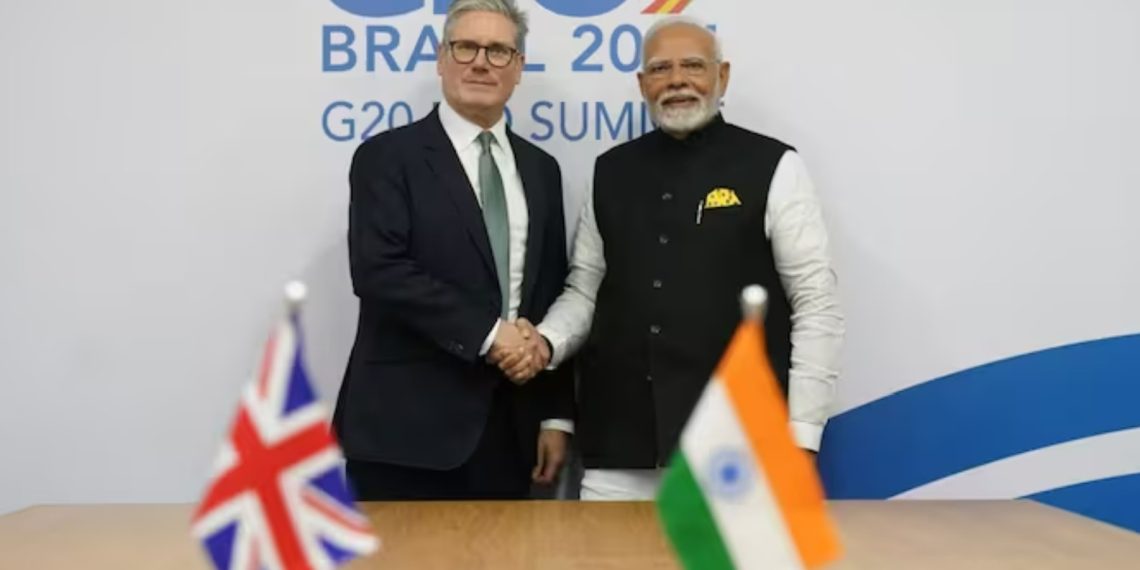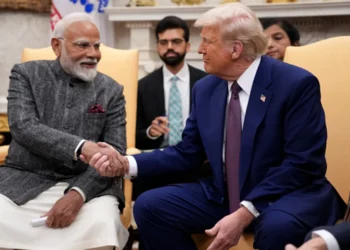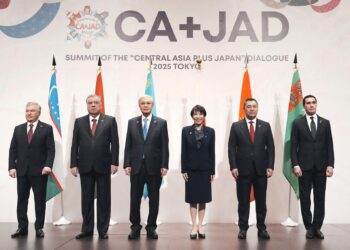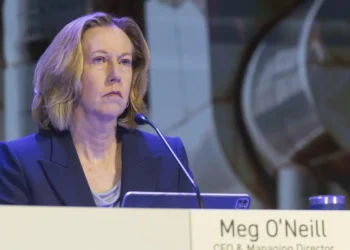NEW DELHI / LONDON (Realist English). India’s engineering exports to the United Kingdom are projected to nearly double over the next five years, surpassing $7.5 billion by 2029–30, following the signing of a landmark Free Trade Agreement (FTA) between the two countries. According to India’s Ministry of Commerce, the sector is expected to grow at a compound annual growth rate of 12–20%, driven by duty-free access to a wide range of engineering and high-value manufactured goods.
Signed in London during Prime Minister Narendra Modi’s official visit, the FTA marks a major milestone in bilateral trade relations. UK Prime Minister Keir Starmer also attended the ceremony. The agreement aims to raise total trade between the two countries to $120 billion by 2030, reinforcing the UK’s status as India’s sixth-largest engineering export destination.
The commerce ministry noted that the FTA aligns with India’s broader goal of reaching $250 billion in engineering exports by the end of the decade. In FY2024–25, Indian engineering exports to the UK grew 11.7% year-on-year.
Key sectors to benefit
The deal grants zero-duty access to Indian exports of non-ferrous metals, including copper, aluminium, nickel, zinc, tin, and lead—expected to significantly bolster India’s metal shipments. In addition, tariffs will be fully eliminated on industrial and electrical machinery, helping Indian manufacturers deepen their role in advanced manufacturing and global supply chains.
The automotive sector is also a major beneficiary: Indian exports of conventional vehicles and auto parts will now enjoy duty-free access, while electric, hybrid, and plug-in vehicles will enter the UK under preferential quotas (TRQs).
In healthcare, Indian medical and surgical instruments will be exported to the UK at zero tariffs, supporting India’s growing reputation as a global hub for medical manufacturing. Tariffs on aerospace and defence exports have also been fully liberalized, enabling the export of aircraft components and defence systems without trade barriers.
Additionally, the FTA lifts tariffs on equipment used in renewable energy and green technologies, enhancing India’s clean tech export potential.
Reciprocal benefits for UK exporters
India will sharply cut tariffs on a range of UK exports, reducing the average rate from 15% to 3%. Notably, duties on British whisky and gin—currently at 150%—will be halved immediately and gradually fall to 40% within 10 years. Tariffs on British automobiles, previously above 100%, will be slashed to 10% under defined quotas.
According to the UK government, the agreement will provide significant relief for British manufacturers. Tariffs on aerospace components (previously up to 11%) and electrical machinery (up to 22%) will be reduced to zero or by 50%, while automotive tariffs will be capped at 10% under quota limits.
Broader manufacturing and employment impact
The agreement also includes broad tariff reductions on labour-intensive Indian exports, such as textiles, leather goods, gems and jewelry, marine products, sports equipment, and toys—providing a major stimulus for India’s small and medium enterprises and employment generation.
The India–UK FTA is widely hailed as the UK’s most significant trade deal since Brexit, offering new momentum for both economies at a time of shifting global supply chains and geopolitical realignment.


















